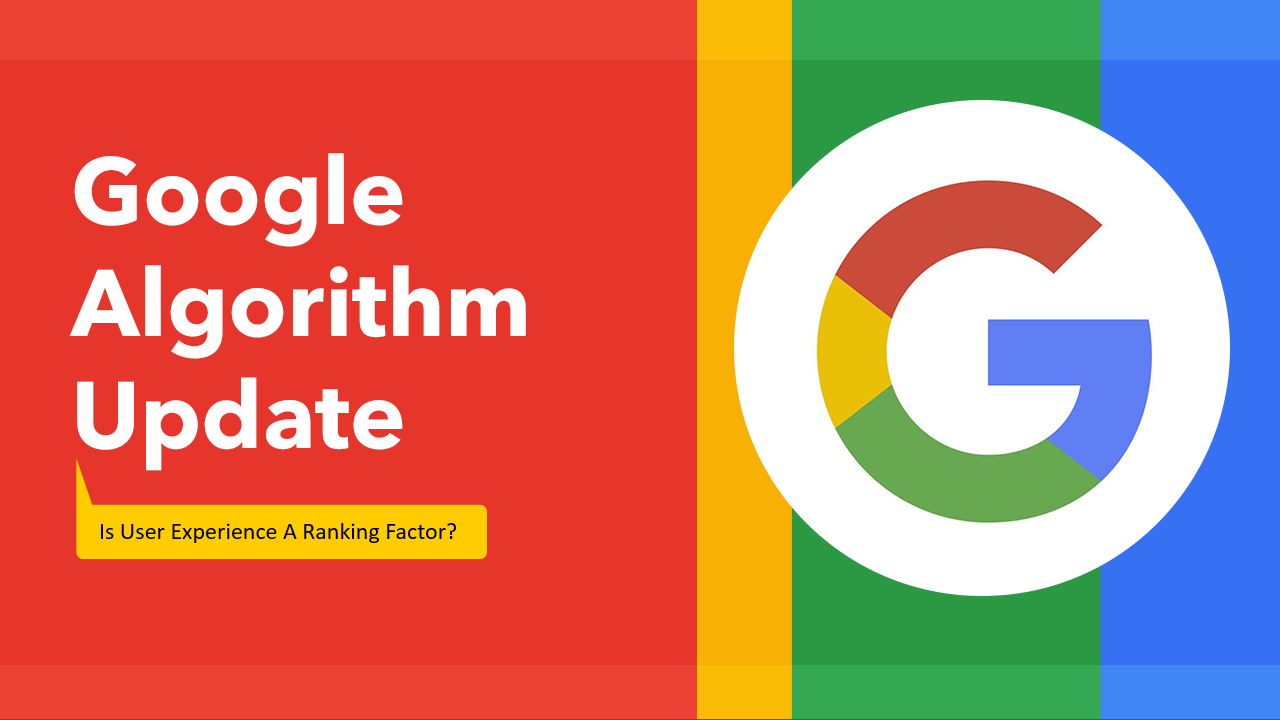It’s no secret that optimizing your website for the user is crucial to website ranking. But as it seems, it is now more important than ever. Whether through new features, algorithm updates, products, or SERP format modifications, Google has repeatedly focused on user experience.
While updates target low-quality links, content, and spam, other updates aim to improve and enhance the user search experience.
Given the huge competition in the online market for SERP rank amongst brands, even the slightest drop in position will directly impact the traffic, revenue, and conversion. If you’ve missed this metric so far, you can seek help from professional SEO services to evaluate the details for you.
Alternatively, if you want to revise the various Google updates that reflect its intention to focus on the user online experience, here’s the timeline of the most important ones.
From the 2011 ‘PANDA’ to the ‘PAGE’ & ‘PRODUCT’ Experience in 2021 and 2022, our list combines the key Google rollouts!
Key ‘User Experience’ focused Google Algorithms & Updates From 2011-2022
1. PANDA – 2011
Google rolled out the Panda update in February 2011 to target sites with poor-quality content. This was the first indication that Google emphasized content for the user experience. The focus was to avoid low-quality content and measure quality over quantity.
The content should be concrete and contain information that is helpful to the users.
2. HUMMINGBIRD – 2013
The Hummingbird update came out in 2013 to help Google understand the user’s intent and context behind the searches. As users tend to enter their queries more naturally, it is essential to go beyond the conventional thinking of focusing on the keywords.
The focus was to create and optimize content with long-tail keywords that the user would like to learn. Avoid unnecessary keyword stuffing and emphasize personalized experiences.
3. E-A-T – 2014
The concept of E-A-T first appeared in 2014 and advised marketers to create content that promotes Expertise, Authority & Trust (EAT). Google rolled out the E-A-T to help users gather the most relevant content from sources they could trust.
The focus should be on creating content that showcases your expertise, credibility, and authority.
4. MOBILE UPDATE – 2015
As customers started searching for details on mobiles, Google sent out an update reflecting on the mobile-friendliness of the websites. The focus was to improve the users’ mobile experience with mobile-optimized content.
Google emphasizes websites to create responsive mobile page structures with enhanced navigation so that users can quickly find what they want/need.
5. BROAD CORE ALGORITHM – 2018
Google rolled out a series of updates in 2018, highlighting the need to create more relevant content. It brought the concept of EAT to the forefront while keeping users at the top of their minds.
6. PAGE EXPERIENCE UPDATE & CORE WEB VITALS ANNOUNCEMENT – 2020
This update checks the page-loading time, how quickly a browser loading a webpage responds when a user feeds an input and what the stability of the content is when it loads on the browser.
Some of the key ways to improve on-page experience include:
- LCP (Largest Contentful Paint): Focus is to improve the page-load times for larger multimedia elements
- CLS (Cumulative Layout Shift): Focus is to never insert content above the existing content except for user interaction.
- FID (First Input Delay): Focus is to ensure that your browser promptly responds to a user’s interaction with the webpage.
7. PAGE EXPERIENCE UPDATE & CORE WEB VITALS ROLLOUT – 2021
This was perhaps the most anticipated update. The intention behind this Google rollout was to improve the page experience for users with precision and speed.
The retail industry saw a significant spike in performance after the rollout.
8. PRODUCT ALGORITHM UPDATE – 2022
The latest Google update focuses on the performance of product reviews in a year to help users land on accurate and relevant content to aid their purchasing decision. Like the other updates, your content should be authentic and showcase your expertise.
CONCLUSION
A successful user search experience runs on the wheels of technical expertise and good content. The various updates and algorithms by Google help marketers create user-intent content that drives growth and results.
The motive of the various updates is to surface better, accurate, authoritative and relevant content on the top, as Google will always focus on enhancing the user experience!
